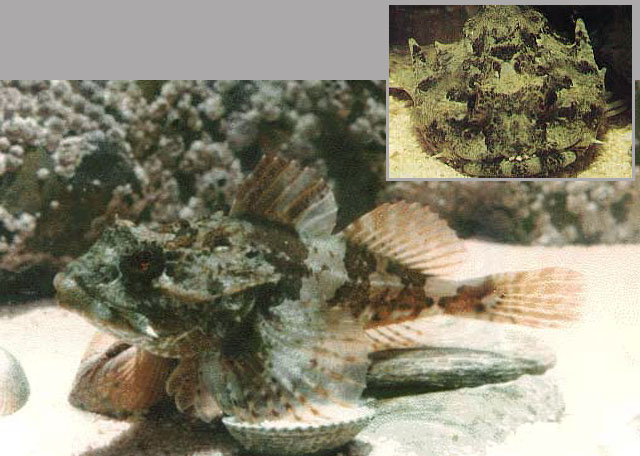Jimmy . . its easier and cleaner in a microwave
I think Nabisco are marketing PopLice in the new year
I think Nabisco are marketing PopLice in the new year
i fuckin love this siteJimmy Saville said:Woodlice have many natural predators. Common shrews are know to consume vast numbers of woodlice. Other animals also eat them include hedgehogs, toads, frogs, newts and lizards. Little owls and foxes are also known to include them in their diets.
It's simple really, install a small fox, an owl and a colony of shrews in your bathroom and the problem will be solved. A hedgehog on a stick could also double as a loofer and you could wipe your arse on the fox.



Jimmy Saville said:Salty or sweet?
You may also like thesee woodlouse facts. It's important to know your enemy. I have often been accused of talking through my anus, but I have never drunk through it. That's like... self felching or something...
Woodlice Oddities:
Ammonia excretion
Woodlice do not produce urine. Instead of excreting urine, woodlice excrete their nitrogenous waste in the form of ammonia gas. Most animals find ammonia to be too toxic for excretion and so any ammonia formed is normally converted to urea or uric acid for excretion.
Woodlice seem to have very high resistance to ammonia and are able to excrete it as a gas directly through the surface of their exoskeleton. This means that they do not need to use energy to convert the ammonia to area or uric acid before excretion.
Blue blood
Woodlice along with most other crustaceans have the compound haemocyanin in their blood. Haemocycanin carries oxygen in the same way that haemoglobin does in mammals. Haemocycanin contains a copper atom instead of the iron atom found in haemogobin. The blood is pale blue when it is carrying oxygen and colourless when it is not carrying oxygen.
Because a woodlouse contains very small amounts of haemocycanin it is not possible to see these colour changes by direct observation.
Coprophagy
Woodlice, like many other animals, eat their faeces. In the case of woodlice this helps them to reabsorb sufficient copper minerals which have been lost in their faeces. Bacterial action on the faeces probably changes the copper to a form which is more easily absorbed into their bodies. Coprophagy is the term used to refer to the eating of faeces.
Drinking through the anus
Woodlice get water with their food. But they can also drink it through their mouth parts and also by using their uropods. The uropods are tube-like structures on the posterior of the animal. When they use them for drinking they press their uropods close together and touch it against a moist surface. Capillary action pulls the water up the uropods and into the anus.
Woodlice also seem to be able to absorb water vapour directly through their exoskeleton surface in regions of high humidity, and in fact if they remain in high humidity regions for too long they appear to become water logged and then tend to move to areas of lower humidity.
Isaac Asimov and Woodlice
When he was a young child, Isaac's mother was startled by the strange expression on his face and asked him what was wrong. He was unable to reply so she became alarmed by this apparent affliction. Isaac, in an effort to calm his mother spat out a mouthful of woodlice.
When asked why he had done such a thing, he replied that he had thought that they would probably tickle his tongue as they walked about inside his mouth. Apparently they did tickle - although his mother did not appreciate this turn of scientific curiosity.
Moulting
You may sometimes see a woodlouse which is two toned. For example the front half of the body may be a pinkish colour and the back half may be the "normal" grayish colour. This occurs because the woodlouse moults its exoskeleton in two sections. It first moults the back half of its exoskeleton, then a few days later it moults the front half.
The advantage of this two part moult is to help reduce its vulnerability to predation or desiccation during moulting. Adults moult about every two months.
Sense of smell
Woodlice are able to detect chemical odours by using sensory receptors on either the ends of the large antennae or on the surface of their antennulae - these are usually an inner pair of insignificant small antennae. P. scaber seems to be able to detect litter by smelling the odours released by micro-organisms living on the litter.
Jimmy Saville said:Isaac Asimov and Woodlice
When he was a young child, Isaac's mother was startled by the strange expression on his face and asked him what was wrong. He was unable to reply so she became alarmed by this apparent affliction. Isaac, in an effort to calm his mother spat out a mouthful of woodlice.
When asked why he had done such a thing, he replied that he had thought that they would probably tickle his tongue as they walked about inside his mouth. Apparently they did tickle - although his mother did not appreciate this turn of scientific curiosity.



attila said:We have 4 fire bellied toads who live on woodlice, for the 9 months or so that they are active and available from the garden (the other 3 months they eat crickets) Gather as many of them as you can and bring 'em to the PA box on Boxing Day and you'll make Brighton and Albion (my two) and Northwich and Victoria (Robina's two) very happy...
I'm sure you could have them out on loan for a while as long as they don't get injured (and all four are cup-tied, of course)
Our 2 paddle tailed newts, Ward and Lawrenson, also eat woodlice but prefer slugs and bloodworms.



Jimmy Saville said:Attila, is your alter ego Harvey Denton from the League of Gentleman?



